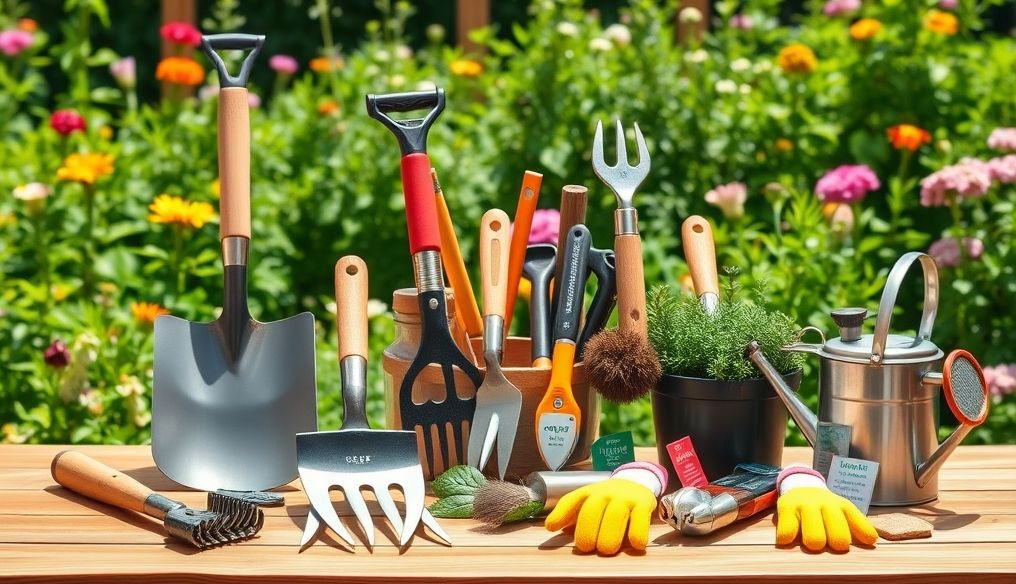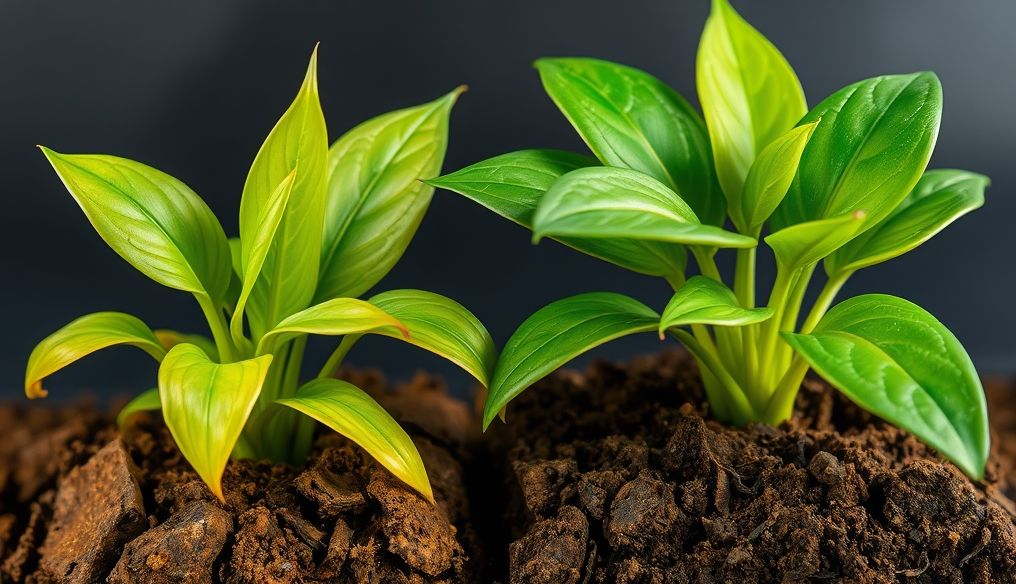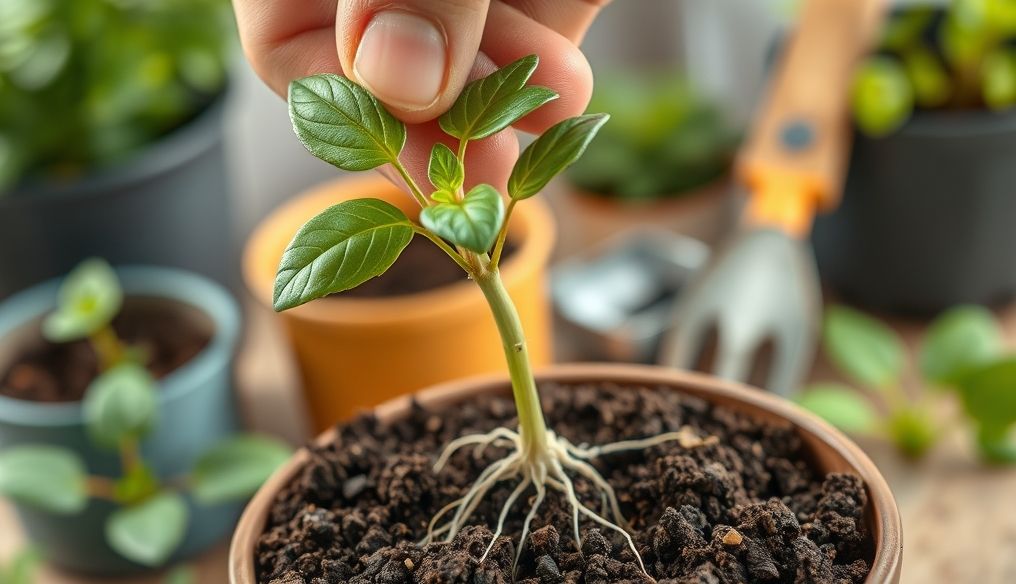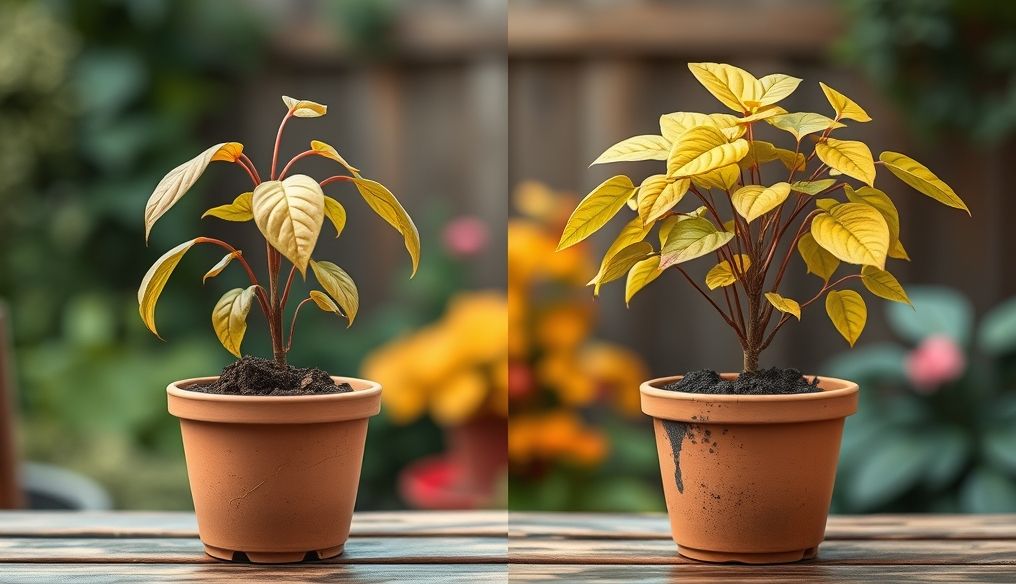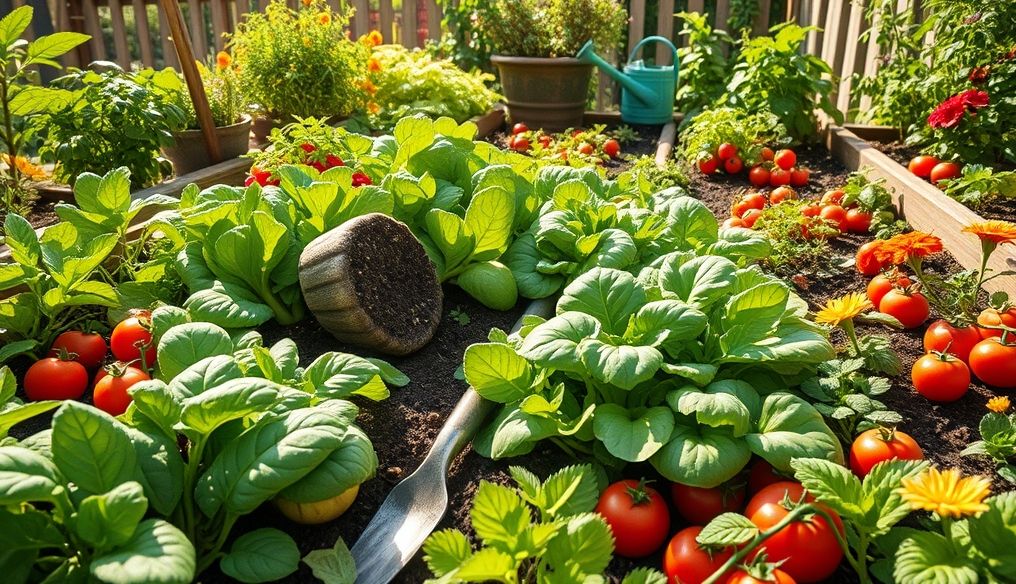Gardening for Beginners: Essential Tools for a Thriving Garden
Gardening is more than just a hobby; it's an art and science that combines pleasure with health and environmental benefits. Whether you plan to grow vegetables, herbs, or flowers, having the right tools will make your experience easier and more successful. This article will explore the essential tools you need to start gardening, with tips on how to choose and use them.
1. Digging and Planting Tools
Shovel: An essential tool for digging soil, moving it, and turning it over. Choose a shovel with a strong blade and a comfortable handle to avoid strain.
Trowel: Ideal for planting small seedlings, removing weeds, and planting flowers in pots. Look for a trowel with a durable blade and a comfortable handle.
Hand Rake: Used to level soil, gather fallen leaves, and remove debris. Choose a lightweight and easy-to-use rake.
Spade: Used to cut edges, move small amounts of soil, and plant larger seedlings. Choose a spade with a sharp blade and a sturdy handle.
2. Watering Tools
Garden Hose: Necessary for watering plants. Choose a hose long enough to reach all parts of the garden. It is preferable to choose a kink-resistant hose.
Sprinkler: Used to water large areas evenly. There are different types of sprinklers, choose the one that suits the size and shape of your garden.
Watering Can: Ideal for watering small plants and delicate seedlings. Choose a watering can with an adjustable nozzle to control the water flow.
3. Pruning and Trimming Tools
Pruning Shears: Used to trim small branches and dead leaves. Choose sharp and comfortable shears to hold.
Hedge Trimmer: Used to shape and trim hedges and shrubs. There are manual and electric types, choose the one that suits the size of your hedges.
Pruning Saw: Used to cut thick branches that cannot be cut with shears. Choose a sharp and easy-to-use saw.
4. Soil Care Tools
Mulch: Not a tool in the literal sense, but an essential material for maintaining soil moisture, preventing weed growth, and improving soil quality. Straw, wood chips, or fallen leaves can be used as mulch.
Compost: Organic material rich in nutrients that improves soil quality and nourishes plants. You can buy ready-made compost or make it yourself.
Soil Test Kit: Helps you determine the pH level in the soil, as well as the nutrients present. This information helps you choose the right fertilizers.
5. Prevention and Protection Tools
Gardening Gloves: Protect your hands from dirt, cuts, and chemicals. Choose comfortable and durable gloves.
Safety Glasses: Protect your eyes from dust, dirt, and flying debris while working in the garden.
Knee Pads: Provide comfort and support for your knees while working for long periods.
6. Useful Additional Tools
Wheelbarrow: Used to transport soil, compost, plants, and other heavy materials.
Plant Labels: Help you remember the names and types of plants you have planted.
Thermometer: Helps you monitor the temperature of the soil and air, which is important for some sensitive plants.
Weeder: Helps remove weeds easily and accurately without harming other plants.
7. Tips for Choosing the Right Tools
- Quality: Invest in high-quality tools that last a long time.
- Comfortable Handle: Choose tools with comfortable handles to avoid strain and fatigue.
- Weight: Choose lightweight and easy-to-use tools.
- Storage: Designate a place to store tools in an organized manner to protect them and prolong their life.
- Maintenance: Clean tools regularly and sharpen blades to keep them in good condition.
8. Safety in Gardening
Gardening can be a safe and enjoyable activity if you follow some precautions:
- Wear gloves and safety glasses to protect your hands and eyes.
- Use tools carefully and avoid overusing force.
- Keep tools clean and sharpen blades regularly.
- Protect your back by bending from the knees, not the waist.
- Drink plenty of water and take regular breaks to avoid dehydration and fatigue.
- Avoid gardening in very hot or humid weather.
Gardening is a continuous journey of learning and experimentation. Start with the basic tools, then gradually expand your collection as you gain more experience. Enjoy working in your garden and watch your plants grow and flourish!
